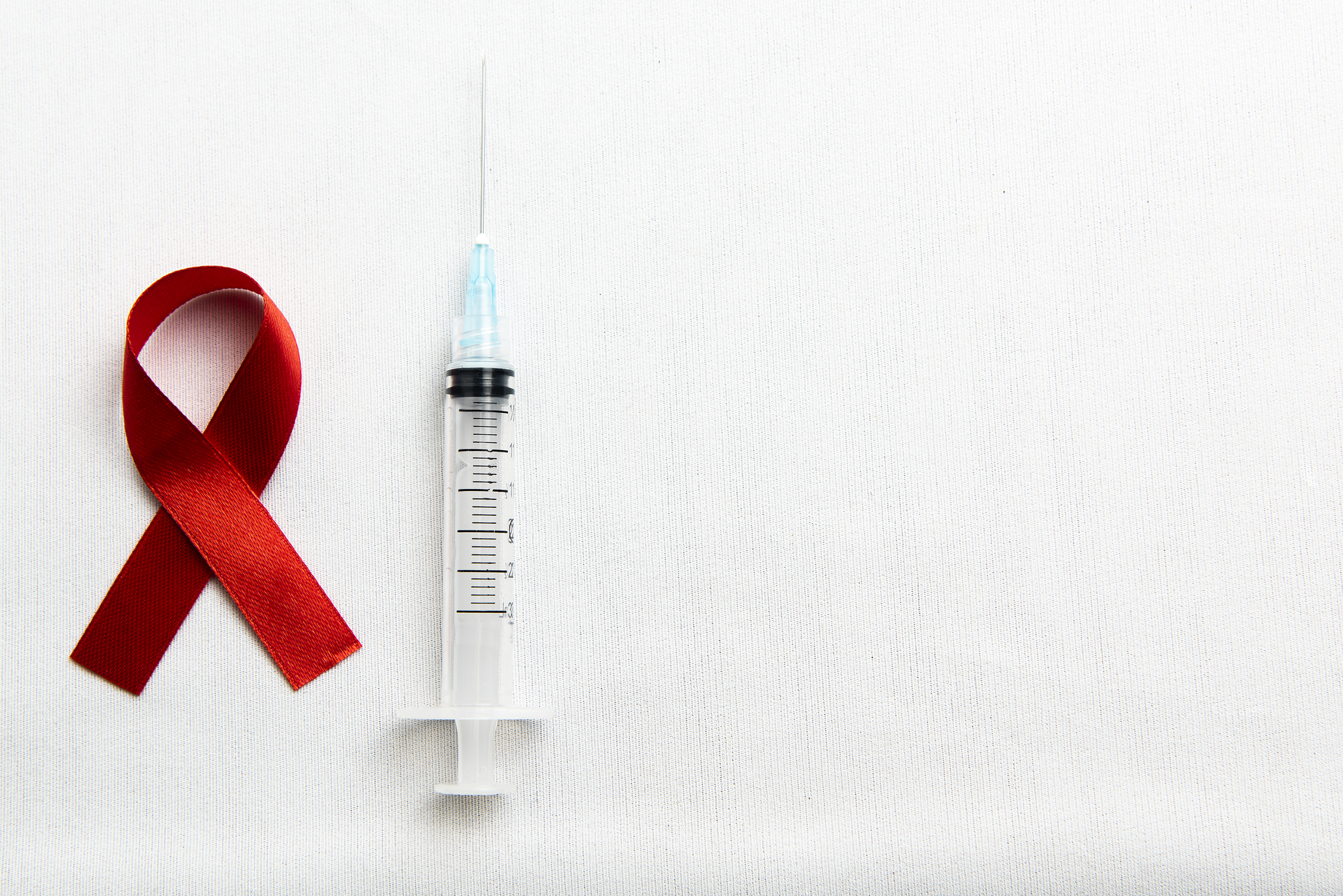

The most recent of a few instances doctors have noted is a man who got a stem cell transplant to treat his cancer and is now displaying “strong evidence” that the surgery also cured him of HIV. The patient, a 50-year-old male with HIV, had leukemia and underwent a stem cell transplant. He received a new immune system as a result of the treatment, and crucially, it came from a donor with a rare gene mutation that makes body cells resistant to HIV infection.
That happened ten years ago. According to researchers, the patient has been off HIV drugs for four years and is showing no symptoms of the virus still being present in his body. Since that HIV is a dangerous adversary with multiple survival strategies, experts were hesitant to declare it a definitive cure.
Yet, according to Dr. Björn Jensen, chief of the infectious diseases division at Dusseldorf University Hospital in Germany, things appear positive. The patient has been off of all anti-viral medication for four years, and according to Jensen, his staff has used the “most intricate scientific methods” to look for any signs of HIV in the patient’s body.
Most professionals would view this circumstance as a cure, he said.
The individual is referred to as the “Dusseldorf patient” and is the third instance of his kind to be documented in the medical literature. The “Berlin patient’s” case was published in detail by specialists in the New England Journal of Medicine about 15 years ago. A second medical team revealed what they thought to be a second HIV cure more than ten years later in a patient known as the “London patient.”
Afterward, both of those patients came forward: Timothy Ray Brown, an American, served as the patient in Berlin, and in 2020, Adam Castillejo, a British-Venezuelan male, identified himself as the patient in London. (Two further examples of long-term HIV remission following a stem cell transplant have been presented at medical gatherings, according to Jensen.)
These three guys had blood cancer and were in need of stem cell transplants because they had tried every other form of therapy. Yet, there was a backup possibility: the transplant might potentially fight against their HIV.
That is a result of their doctors’ ability to locate compatible donors whose stem cells possessed an uncommon, fortunate trait: They had two copies of a specific mutation in the CCR5 gene, which deletes the receptors that the majority of HIV strains utilize to infect cells.
The Düsseldorf patient’s blood levels of “pro-viral” HIV were undetectable after his transplant, which was performed in February 2013. Additionally, other extremely sensitive tests eventually failed to find signs of the virus in the patient’s tissues and blood cells. He decided to stop taking his HIV meds in November 2018 to see if there would be a viral rebound.
According to research by Jensen’s team in the Nature Medicine edition of February 20, there has been no such rebound more than four years later.
No one is proposing that stem cell transplantation become an HIV treatment. It’s a risky procedure that can have deadly complications, and should only be done when a patient has “life-threatening” blood cancer, Jensen stressed.
But, he said, “we are hopeful that the findings from this and the other few cases of HIV cure will support future research to develop less risky and more widely applicable strategies for curing HIV.”
Dr. David Margolis, a fellow of the Infectious Diseases Society of America, is the director of the HIV Cure Center at the University of North Carolina at Chapel Hill. He stated that although there are “a lot of challenges” to doing so, some researchers are studying the notion of utilizing CRISPR technology to “edit” the CCR5 gene as an HIV treatment.
Margolis suggested that this most recent instance could be seen as evidence in favor of studies into CCR5-targeting treatments.
However, he added that there are still uncertainties regarding the precise workings of stem cell transplantation in these patients.
“Something wiped out the HIV,” Margolis said, but it’s not clear what that was.
Stem cell transplants involve high-dose chemotherapy, for example, and there could be a role for that, Margolis said. In addition, several of the five patients reported so far developed graft-versus-host disease after their transplant; that means their new immune system saw the body as “foreign” and attacked.
It’s possible, Margolis said, that played a role in wiping out their HIV.
more recommended stories
 Phage Therapy Study Reveals RNA-Based Infection Control
Phage Therapy Study Reveals RNA-Based Infection ControlKey Takeaways (Quick Summary) Researchers uncovered.
 Safer Allogeneic Stem Cell Transplants with Treg Therapy
Safer Allogeneic Stem Cell Transplants with Treg TherapyA new preclinical study from the.
 AI in Emergency Medicine and Clinician Decision Accuracy
AI in Emergency Medicine and Clinician Decision AccuracyEmergency teams rely on rapid, accurate.
 Innovative AI Boosts Epilepsy Seizure Prediction by 44%
Innovative AI Boosts Epilepsy Seizure Prediction by 44%Transforming Seizure Prediction in Epilepsy Seizure.
 Hypnosis Boosts NIV Tolerance in Respiratory Failure
Hypnosis Boosts NIV Tolerance in Respiratory FailureA New Approach: Hypnosis Improves NIV.
 Bee-Sting Microneedle Patch for Painless Drug Delivery
Bee-Sting Microneedle Patch for Painless Drug DeliveryMicroneedle Patch: A Pain-Free Alternative for.
 AI Reshapes Anticoagulation in Atrial Fibrillation Care
AI Reshapes Anticoagulation in Atrial Fibrillation CareUnderstanding the Challenge of Atrial Fibrillation.
 Hemoglobin as Brain Antioxidant in Neurodegenerative Disease
Hemoglobin as Brain Antioxidant in Neurodegenerative DiseaseUncovering the Brain’s Own Defense Against.
 Global Data Resource for Progressive MS Research (Multiple Sclerosis)
Global Data Resource for Progressive MS Research (Multiple Sclerosis)The International Progressive MS Alliance has.
 AI Diabetes Risk Detection: Early T2D Prediction
AI Diabetes Risk Detection: Early T2D PredictionA new frontier in early diabetes.

Leave a Comment